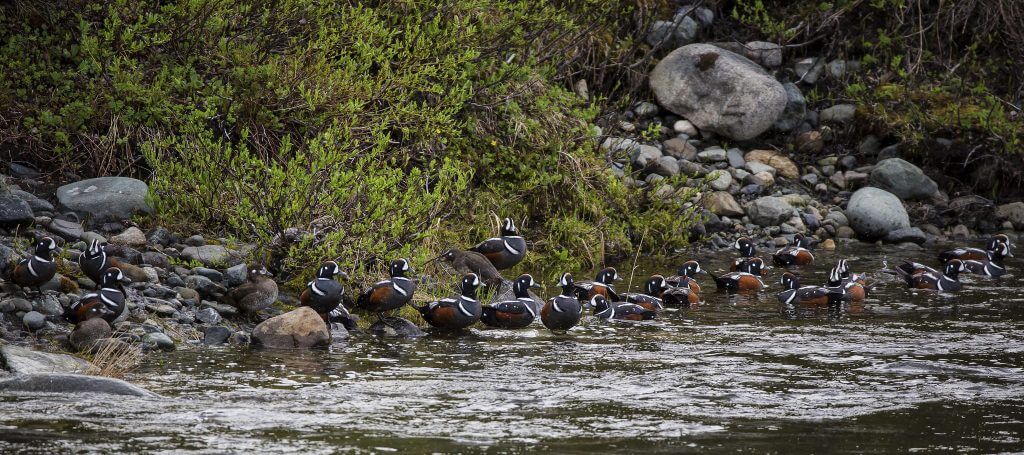Celebrating Wild and Scenic Rivers
In October of 1968, the Wild and Scenic Rivers Act was signed into law, marking creation of a protected system of free-flowing rivers to balance America’s policy of rampant dam building. Today, the program covers over 12,000 river miles in 40 states and Puerto Rico, helping to preserve unique values including recreation, fish and wildlife habitat, water quality, and cultural heritage. These rivers also help preserve access for millions of anglers, paddlers, backpackers, hikers, and other visitors, and bring substantial economic benefits to nearby communities.
From the trout filled waters of Michigan’s Au Sable River, to the Amargosa—flowing mirage-like through the Mojave Desert, to New Jersey’s Musconetcong, wild and scenic rivers are shining examples of the waterways that course through our country. 2018 marks the 50th anniversary of the Wild and Scenic Rivers Act–check out River Network’s Water Protectors map to find wild and scenic rivers and grassroots organizations near you.
What Are Wild and Scenic Rivers?
River stretches that are free flowing and have at least one “outstandingly remarkable value” (ORVs) are eligible for wild and scenic status, but in the end it’s usually up to Congress to formally designate rivers. The law requires the four federal agencies overseeing the system ( the U.S. Forest Service, National Park Service, Bureau of Land Management, and U.S. Fish and Wildlife Service) to protect these rivers and adjacent land. These agencies are also required to study the eligibility of rivers on federal lands–normally during the revisions of federal land management plans–and rivers found eligible through this process receive interim protections.
Many of the wild and scenic rivers on the East Coast flow exclusively through state and private lands, and are managed through innovative coalitions of land owners, municipal, state, and federal governments, and grassroots organizations–these are called “partnership rivers.” River, watershed, and other community-based groups and coalitions have been instrumental in securing the designation of many Wild and Scenic Rivers around the country.
The law protects designated river stretches, not entire watersheds, so activities taken up or downstream from the Wild and Scenic sections can still have impacts. Wild and scenic rivers are under a variety of threats, and wild and scenic status does not necessarily mean that a river is in good health. In addition to preserving the special values that these rivers have, it will be incumbent on all of us to advocate for improving conditions on wild and scenic and all of our rivers.





